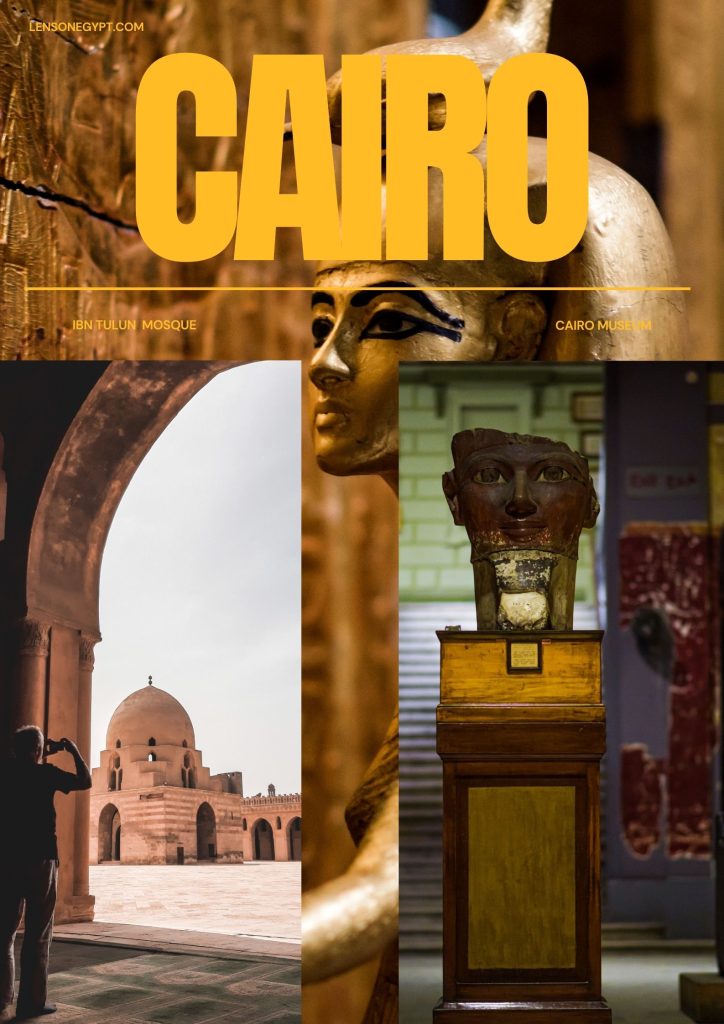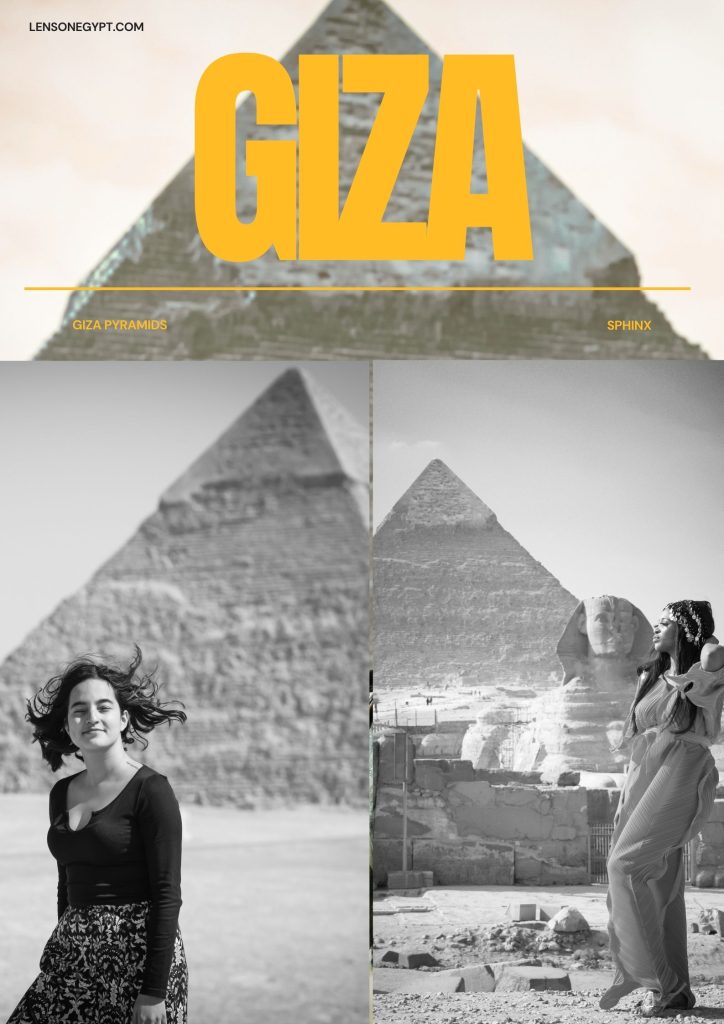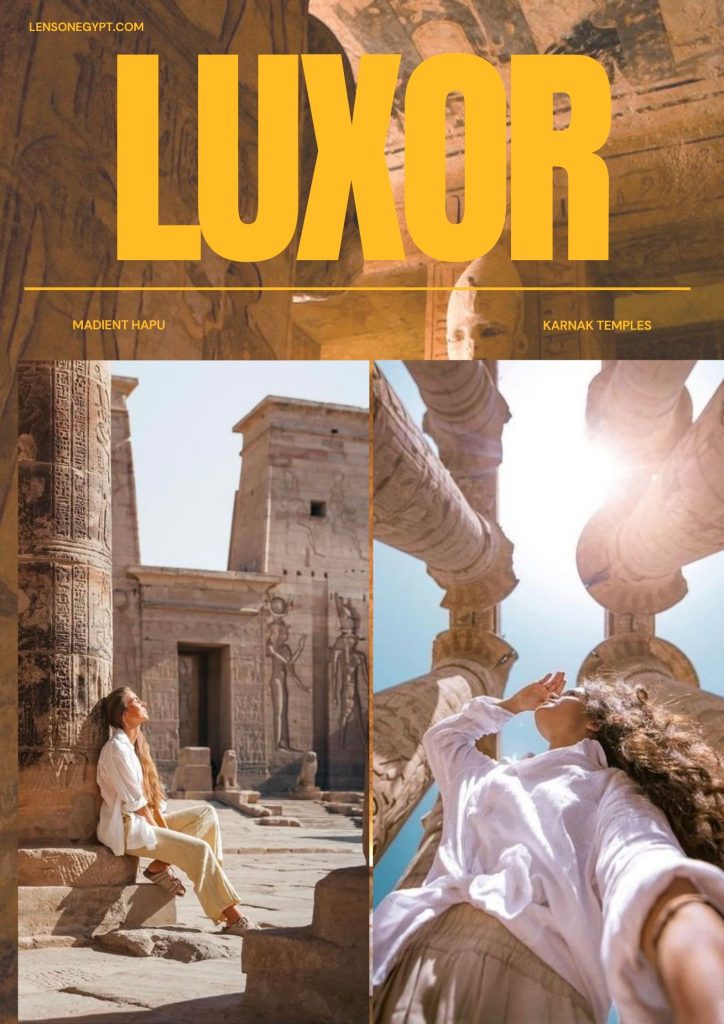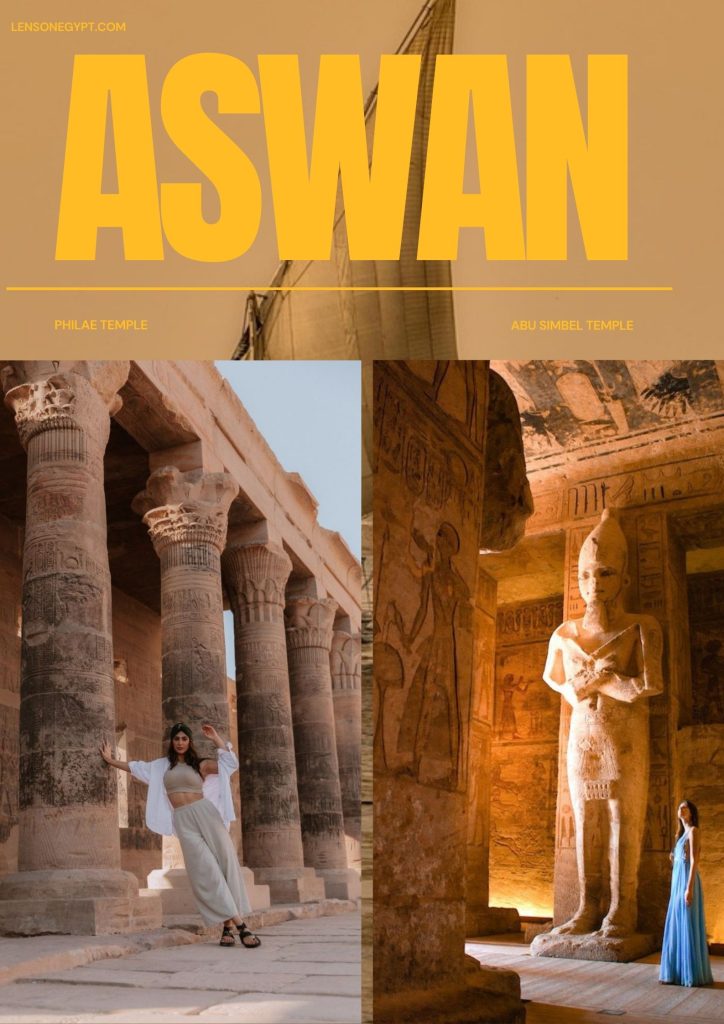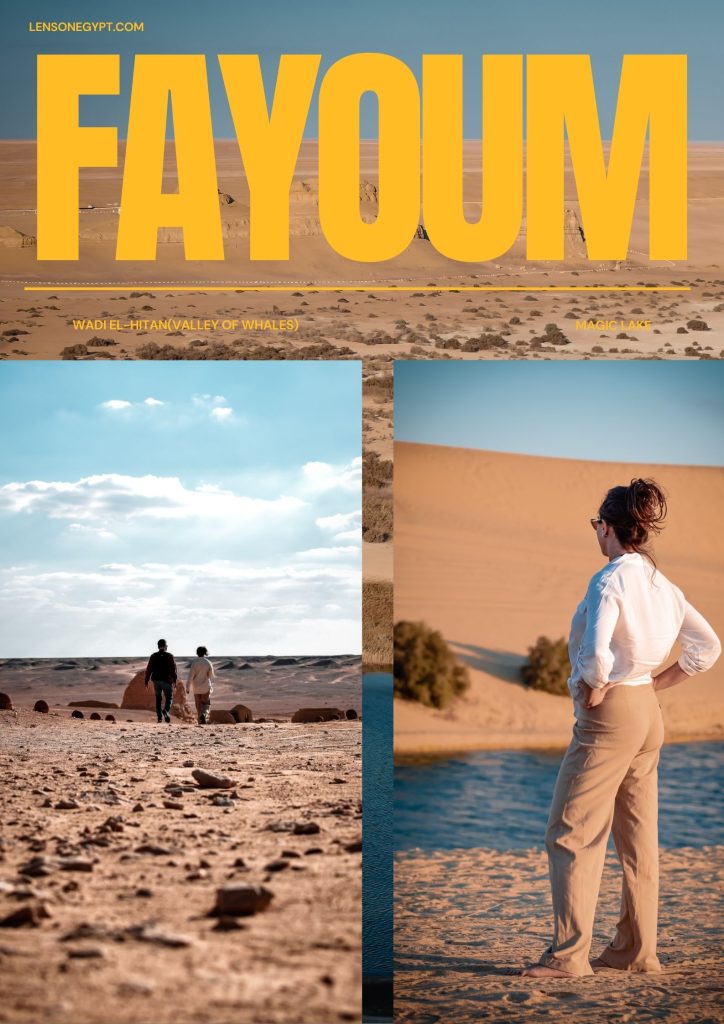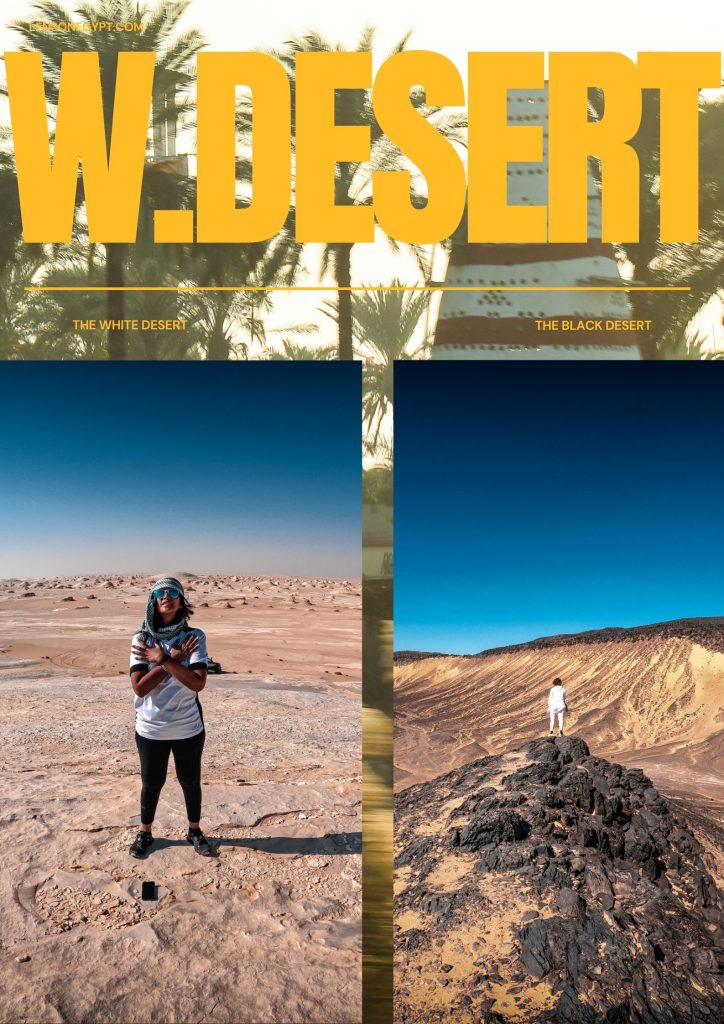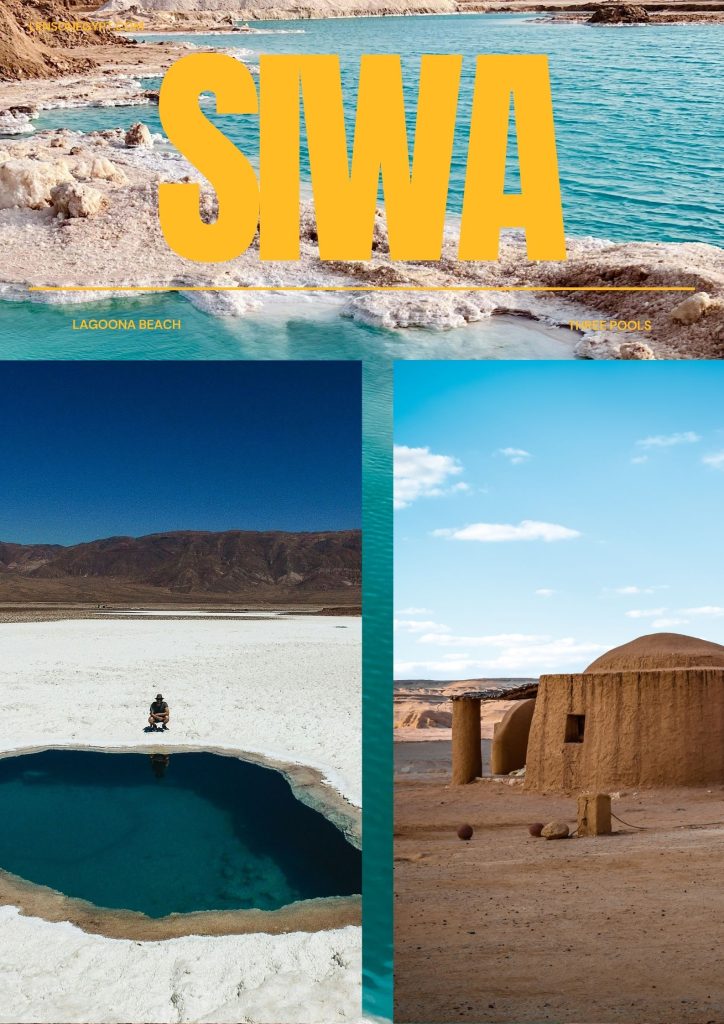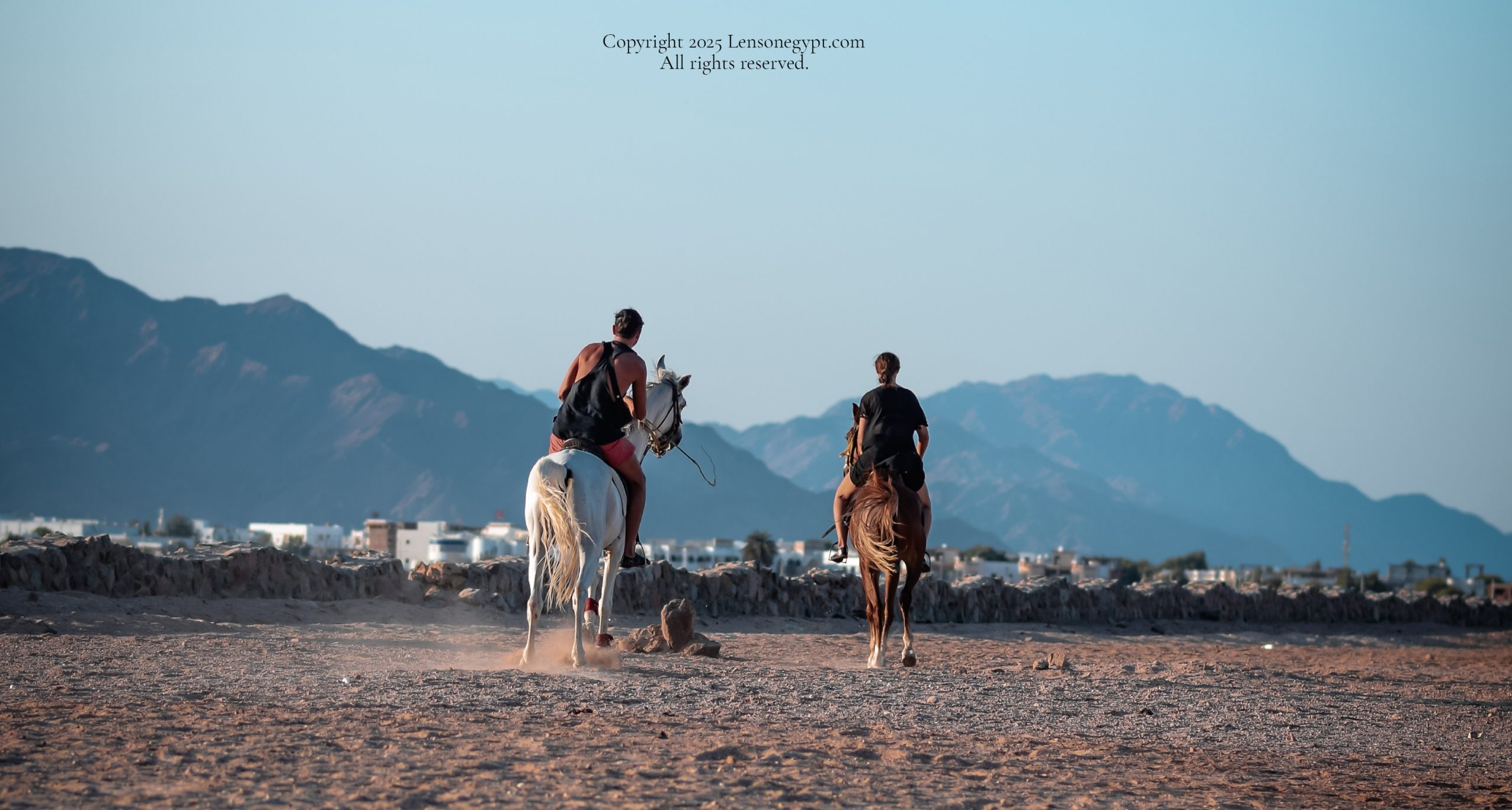
🌍 Travel With Hestia
Discover Egypt with LENS ON EGYPT – in collaboration with HESTIA
We’re excited to partner with LENS ON EGYPT, a photography and tour-guiding brand that brings Egypt’s history, culture, and beauty to life, to bring you unforgettable travel experiences across the country.
Whether you’re a local looking for a refreshing day trip or a visitor planning a multi-day adventure, we’ve got you covered.
From iconic landmarks like the Pyramids of Giza and the Nile River to hidden gems in the desert and cultural neighborhoods, every trip is crafted with care, storytelling, and an eye for the perfect photo.
✨ What We Offer:
- Day Trips & Weekend Escapes
- Multi-day Cultural Adventures
- Private Guided Tours with Photography
- Custom Experiences for Families or Solo Travelers
Let’s explore Egypt—comfortably, beautifully, and with the trusted service of HESTIA by your side.
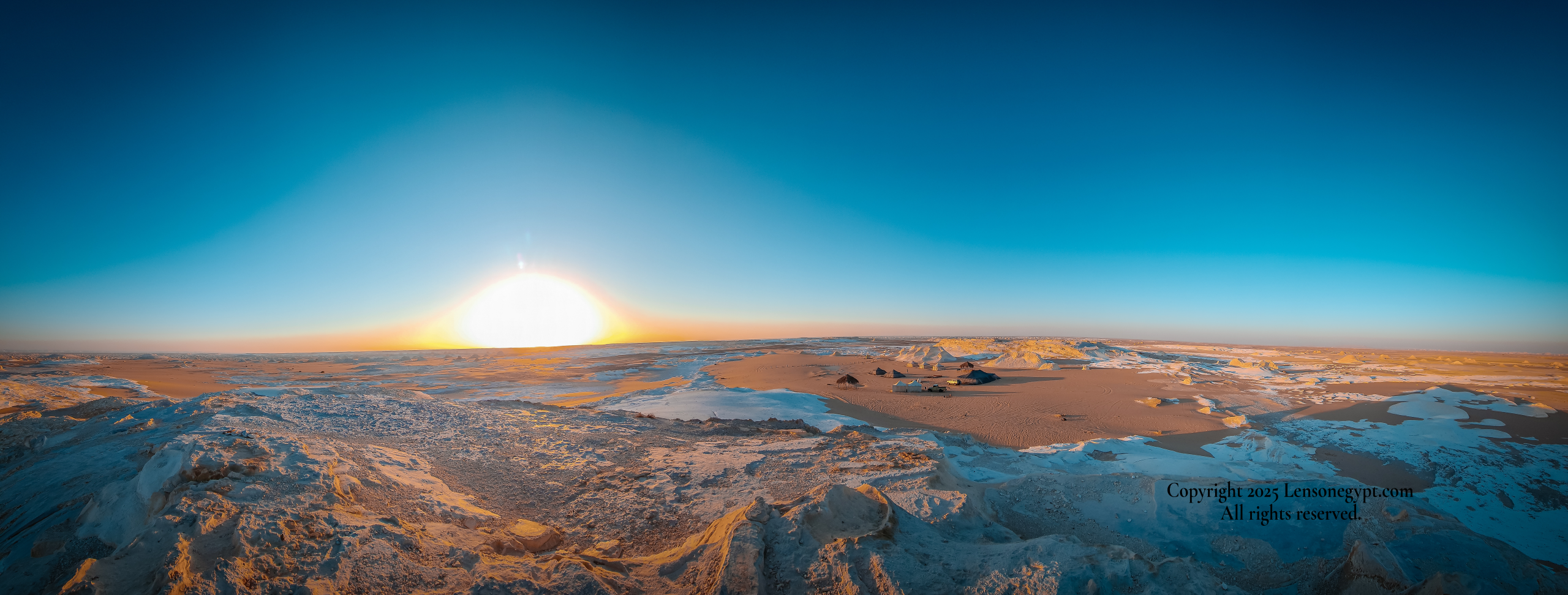
GIZA Pyramids &Sphinx
THE GIZA PYRAMIDS & SPHINX “ECHOES OF ETERNITY”
✨ “Built for kings, shaped by the stars, and guarded by a lion with a human soul.” ✨
Standing on the edge of Cairo, where the city ends and the desert begins, rise the pyramids of Giza, the last remaining wonder of the ancient world. More than just monuments, they are messages of stone carved for eternity.
Built over 4,500 years ago during the OlD KINGDOM, each pyramid was a royal tomb designed to launch the soul of the pharaoh into the afterlife.
The Great pyramid of KHUFU: the tallest, most precise, and most mysterious, once covered in gleaming white limestone.
KHAFR’S PYRAMID: slightly smaller, but still guarded by the mighty Sphinx.
Menkaure’s Pyramid: the smallest, yet still monumental in scale and design.
Below them rests the enigmatic “Great Sphinx” half lion, half man believed to bear the face of King Khafre, watching over the plateau in silent majesty. Its eyes have seen empires rise and fall, its body carved from a single block of limestone, weathered by wind, time, and myth.
Here, you don’t just see history, you feel it.
The whispers of the builders. The alignment with the stars. The power of a civilization that looked at death and built forever.
Saqarra
🏺 Saqqara – The First Steps Toward Eternity
✨ “Before the Great Pyramids, there was Saqqara.” ✨
In the quiet desert south of Cairo lies Saqqara, a place where ancient Egypt took its first architectural breath toward immortality. It is not just a necropolis, it’s the birthplace of the pyramid age.
Here stands the Step Pyramid of Djoser, the world’s oldest surviving stone monument, designed over 4,600 years ago by the genius architect Imhotep. It was the first time stone rose toward the sky—not just as shelter, but as a stairway for the soul.
But Saqqara holds far more than one pyramid. It’s a sacred landscape filled with:
- Mastabas with vivid carvings of daily life.
Hidden tombs of nobles and officials, some recently uncovered.
The Serapeum, a mysterious underground complex of massive sarcophagi for sacred Apis bulls.
And newly discovered burials, still emerging from the sands with golden masks and untouched coffins.
Unlike Giza, Saqqara whispers rather than roars.
It invites you to slow down, walk among its layers, and realize—this is where Egypt first dreamed of forever.
The Grand Egyptian Museum
🏛 The Grand Egyptian Museum, Where Egypt Rises Again
✨ “The past is not buried. It’s just waiting for the right place to shine.” ✨
Just beyond the gaze of the Giza Pyramids, a new monument rises—not of stone for the dead, but of glass, light, and memory for the living.
The Grand Egyptian Museum (GEM) is the largest archaeological museum in the world dedicated to a single civilization. Designed as a gateway between the ancient and the modern, it stretches over 480,000 square meters “a home for over 100,000 artifacts”, many never seen before.
At its heart stands the colossal statue of Ramses II, welcoming visitors like a pharaoh reborn. Step inside, and you’re taken on a journey through 7,000 years of Egyptian history, from prehistoric times to the Greco-Roman era.
But the crown jewel? For the first time, the complete treasure of King Tutankhamun, over 5,000 items, will be displayed together in one place, telling his story like never before.
This museum is not just a collection, it’s a statement.
A symbol that Egypt’s heritage is not just in the past, it’s alive, evolving, and ready to inspire the world.
Dahshour
🏜 Dahshur “The Pyramids That Learned to Breathe”
✨ “Before perfection, there was experimentation. And here, the stones still tell the story.” ✨
In the quiet desert south of Saqqara lies Dahshur, a place far less crowded, but just as powerful. Here, the ancient Egyptians first tried to master the art of pyramid-building. What they left behind are two of the most mysterious and beautiful pyramids in Egypt.
First, the Bent Pyramid, built by Pharaoh Sneferu. Rising at a steep angle, then suddenly softening, its unique shape is no accident. It tells the story of trial, error, and brilliance. The builders, realizing the angle was too sharp, changed course mid-way, creating a pyramid that looks almost alive, breathing with ancient ambition.
Then comes the Red Pyramid, Egypt’s first true smooth-sided pyramid, a success born from lessons learned. Calm, silent, and majestic, it rises from the desert in perfect harmony. You can even enter its deep core, walking where few others do, into the heart of ancient genius.
Dahshur is where the pyramid became not just a tomb, but a symbol of mastery. No crowds, no noise, just wind, sand, and the whisper of an idea that would change history.
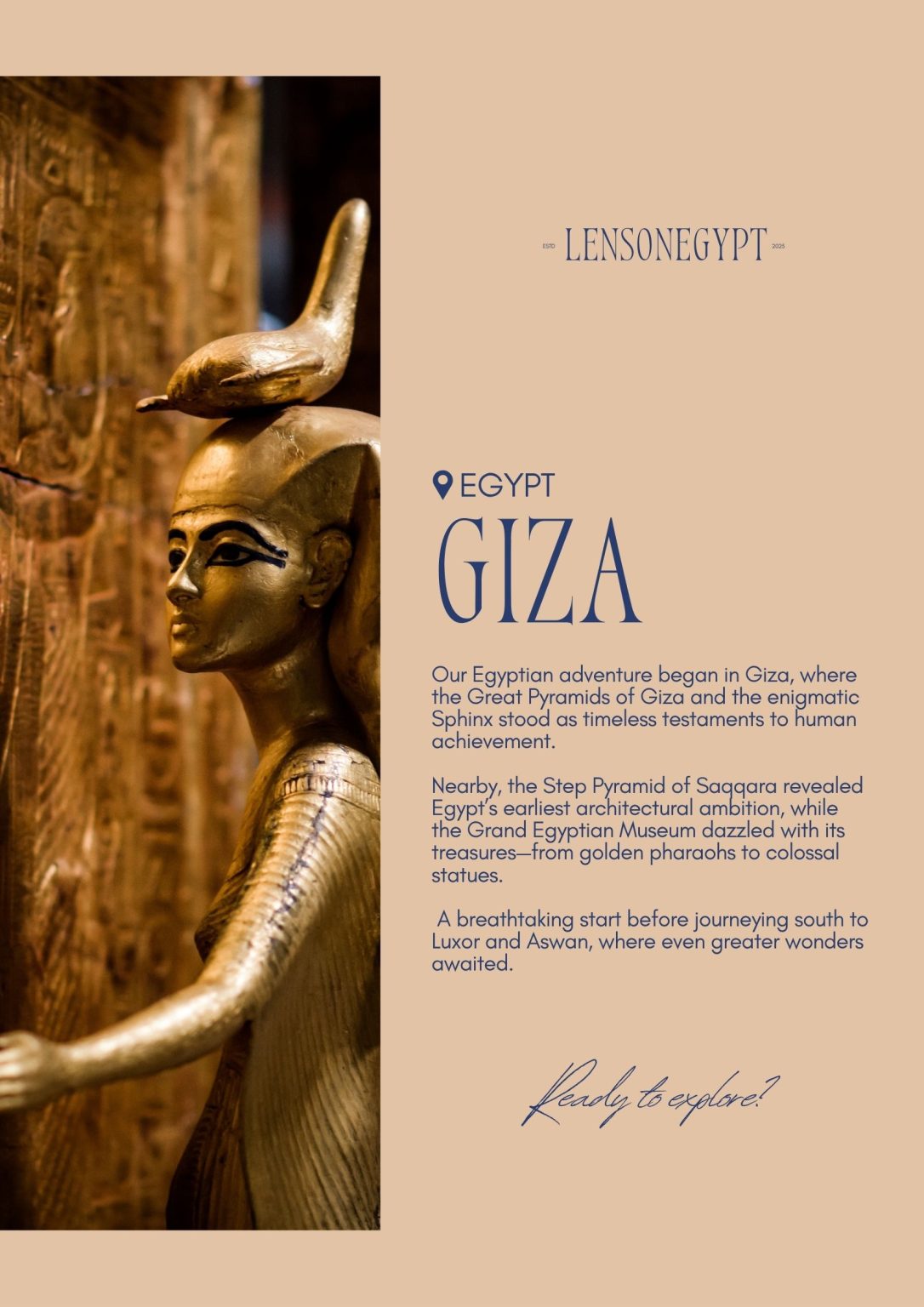
Karnak Temples
🏛 Karnak Temple – Where Gods Walked
✨ “This wasn’t just a temple—it was the heart of a universe.” ✨
Welcome to Karnak, the most powerful spiritual complex in ancient Egypt. Step through its towering pylons, and you’re walking in the footsteps of pharaohs, priests, and gods.
Built over 2,000 years by more than 30 kings, Karnak was the home of Amun-Ra, the king of the gods. But it wasn’t just about worship; it was a statement of power, legacy, and cosmic order.
The Great Hypostyle Hall, with its 134 massive columns, feels like a forest of stone holding up the sky. Every inch of this place tells stories of offerings, wars, and eternal life.
Stand in the silence, look up, and imagine: the chants, the incense, the golden boats gliding through.
Karnak wasn’t built for people; it was built for gods.
Luxor
✨ “This is not just stone. This is where kings became gods.” ✨
In the center of modern Luxor stands a timeless monument: Luxor Temple. But unlike other temples, this one wasn’t built for the gods alone, it was built for the pharaoh himself.
Here, every year during the Opet Festival, statues of Amun, Mut, and Khonsu would journey from Karnak down the Avenue of Sphinxes, blessing the temple and reigniting the divine power of the king.
Built by Amenhotep III and later expanded by Ramesses II, the temple glows at night, just as it must have thousands of years ago, lit by torchlight and divine presence.
This wasn’t just a temple, it was a theater of immortality, where the living king was reborn as the divine.
Valley of The Kings
✨ “They prepared for death more beautifully than most live.” ✨
Beyond the Nile, hidden between sun-scorched cliffs, lies the Valley of the Kings, the final resting place of Egypt’s greatest rulers.
This was not just a cemetery, it was a sacred gateway to the afterlife. Each tomb was a palace underground, carved in silence, painted with spells, stars, and sacred journeys.
Here lies Tutankhamun, whose golden mask became a symbol of eternity. Here lies Ramesses, Seti, and others whose names echoed like thunder across the Nile.
The tombs weren’t meant to be seen, but to protect. To guide the king’s soul through darkness into the Field of Reeds, where he would live forever among the gods.
Walk softly. You’re among kings.
Hatshepsut Temple
✨ “She was not just a queen—she was a Pharaoh.” ✨
Tucked beneath the golden cliffs of Deir el-Bahari lies one of ancient Egypt’s most awe-inspiring wonders,the Temple of Hatshepsut.
This masterpiece was built for Hatshepsut, the woman who broke the rules, wore the crown, and ruled Egypt like a king. Her temple rises in perfect harmony with the mountain behind it—three grand terraces leading to stories carved in stone.
Here, she tells us of her divine birth, her expedition to the Land of Punt, and her right to the throne—not through war, but through legacy, architecture, and the gods themselves.
Stand in front of it, and you don’t just see a temple—you hear a woman’s voice echoing through history, saying:
“I was here. And I ruled.”
Hot Air Ballon
🎈 Hot Air Balloon ” Touching the Sky of Thebes”
✨ “As the sun rises, so do you—into the silence of history.” ✨
Before the world wakes up, before the horns and hustle, you rise. Not just from the ground, but into a moment that feels outside of time.
Aboard a hot air balloon over Luxor, you drift gently above the golden desert, the lush Nile valley, and the land of the pharaohs. Below you: the Valley of the Kings, the Temple of Hatshepsut, and fields that haven’t changed in thousands of years.
The sky turns from deep blue to gold. The sunrise bathes ancient Thebes in warm light, revealing the temples, tombs, and timeless stories that live beneath your feet.
No engines. No noise. Just wind, wonder, and whispers of a civilization that built eternity.
“You’re not just flying, you’re floating through the soul of Egypt”
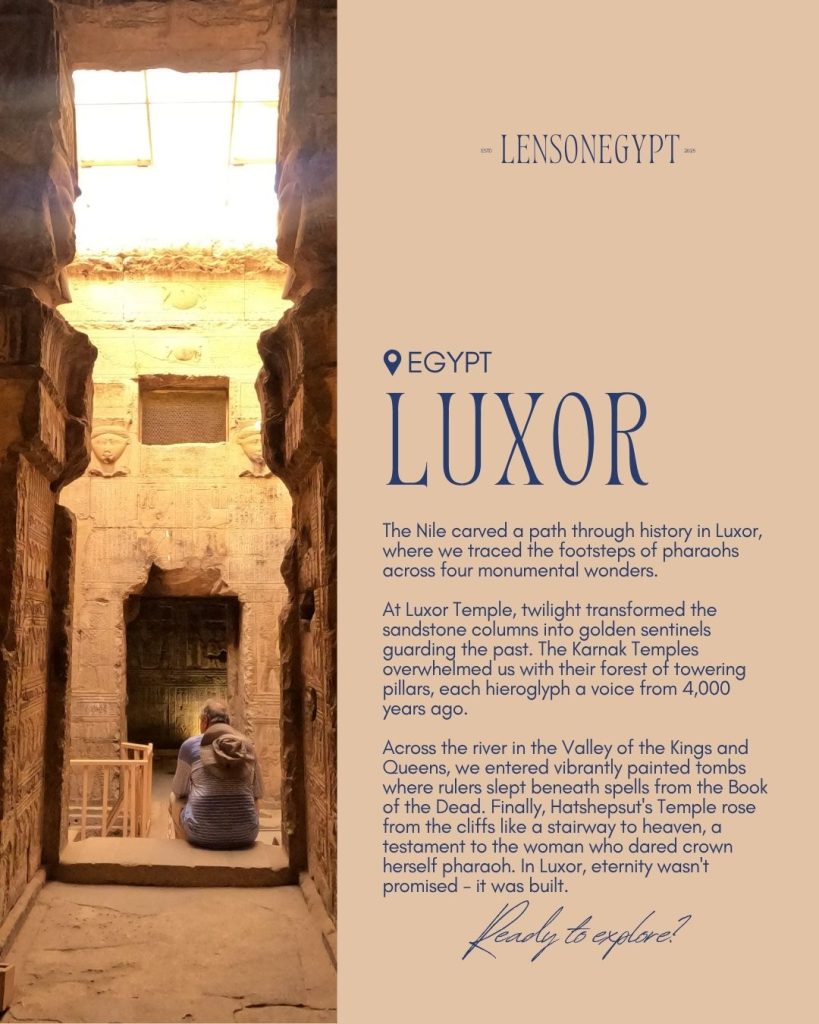
Philae Temple
Philae Temple – The Temple That Refused to Drown
✨ “They moved heaven and earth to save her.” ✨
Rising from the waters of the Nile, Philae Temple sits like a jewel on its new island home. Dedicated to Isis, goddess of love, healing, and magic, it was one of the last places where the ancient Egyptian religion was practiced.
When the building of the Aswan High Dam threatened to drown it forever, the temple was dismantled and relocated, stone by stone, to Agilkia Island, a miracle of modern preservation.
As you arrive by boat, the colonnades, reliefs, and pylons seem to float, wrapped in myth and mist.
Philae is not just a temple; it’s a testament to resilience. Of gods, of stories, and of those who refused to let beauty disappear beneath the water.
Unfinished lbelisk
The Unfinished Obelisk ” A Monument That Never Rose”
✨ “It was meant to pierce the sky… but remained in the earth.” ✨
In the ancient granite quarries of Aswan lies the Unfinished Obelisk, a massive monument abandoned before it ever stood.
Commissioned by Queen Hatshepsut, this single piece of red granite would have been the largest obelisk ever raised, weighing over 1,000 tons. But a crack stopped the work, leaving it frozen in time.
Today, it reveals the secrets of ancient craftsmanship, the tools, techniques, and ambition of a civilization that carved mountains for the gods.
It may never have risen, but in its stillness, it speaks louder than many that did.
Elephantine Island
🏝 Elephantine Island – The Island of Origins
✨ “On this island, time has many layers.” ✨
In the heart of the Nile lies Elephantine Island, the ancient southern gateway to Egypt. Its name comes from the shape of the smooth boulders around it. said to resemble elephant tusks, once traded here in pharaonic times.
This island was once the border between Egypt and Nubia, home to priests, pharaohs, and travelers from distant lands. Walk its paths and you’ll pass through ruins of temples, a Nilometer that once measured the river’s flood, and narrow alleys still alive with Nubian culture.
Here, past meets present. Children laugh near ancient stones, and traditional houses stand above foundations that date back over 3,000 years.
Elephantine is not just an island—it’s a living memory.
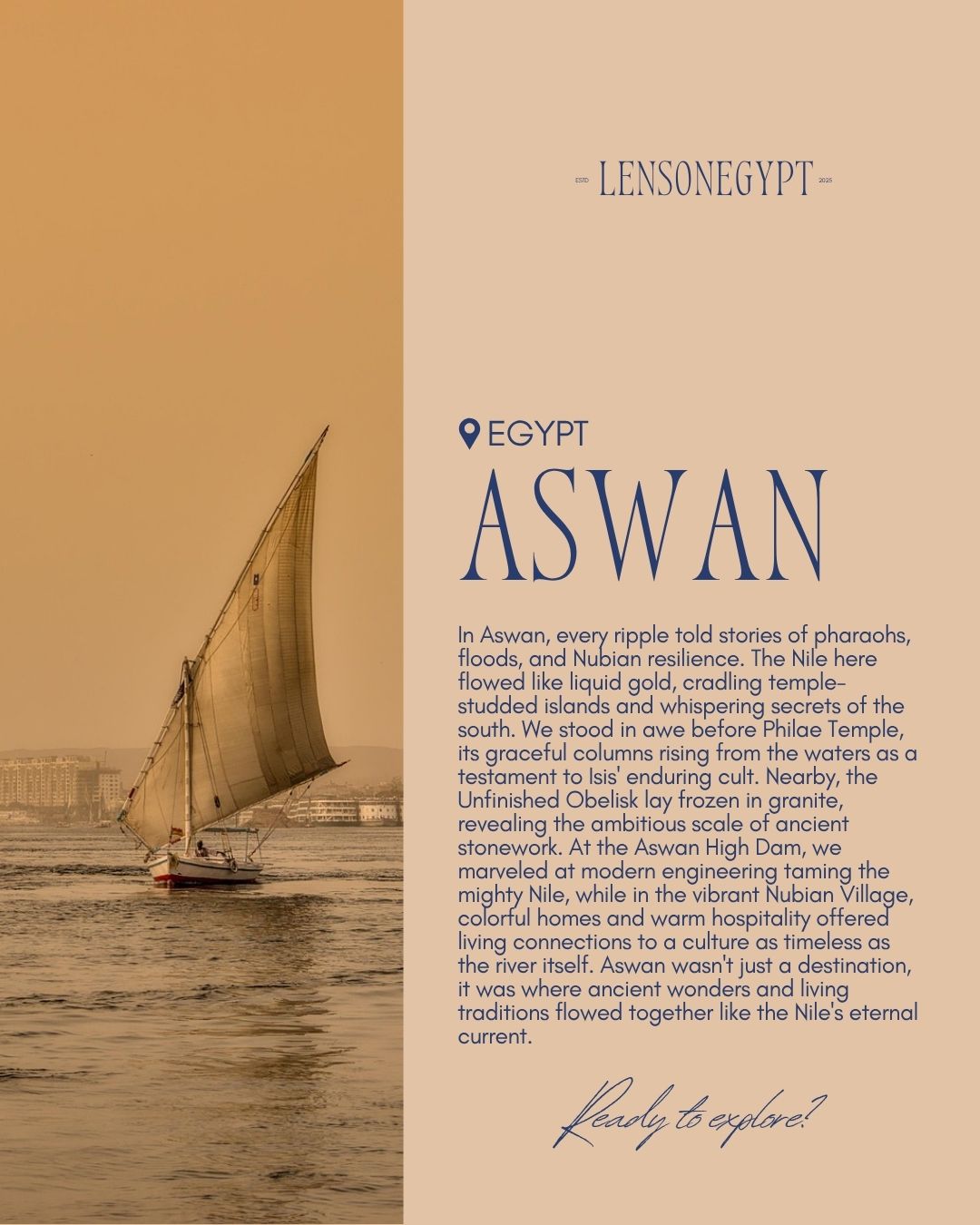
Wadi El Hitan (Valley of the Whales)
A surreal open-air museum in the middle of the desert, Wadi El Hitan is home to fossilized skeletons of ancient whales dating back over 40 million years. This UNESCO World Heritage Site tells the story of evolution in a dramatic setting of wind-sculpted rock and golden sand. It’s a haven for nature lovers, stargazers, and those seeking deep silence and connection with the earth’s ancient past.
Magic Lake & Qatrani Mountain
Tucked between the dunes, Magic Lake shimmers in colors that shift with the light, from deep blue to turquoise to gold. It’s one of Fayoum’s most photogenic places and a favorite for sandboarding, hiking, or simply pausing to take in the view. Climb nearby Qatrani Mountain for a panoramic desert scene and a perfect moment at sunset.
Wadi El Rayan Waterfalls
An oasis within the desert, Wadi El Rayan is a protected area featuring Egypt’s only waterfalls. Surrounded by sand dunes and home to rare wildlife like white gazelles and migratory birds, this area blends nature and adventure. Take a short boat ride, enjoy a picnic, or just walk along the flowing falls where desert sands meet freshwater energy.
Tunis Village
Overlooking the shores of Lake Qarun, Tunis Village is an artsy, slow-paced community known for its hand-crafted pottery and warm hospitality. It’s a peaceful space to relax, take a pottery class, stay in a cozy ecolodge, or enjoy a farm-to-table meal. Tunis is perfect for creative travelers, couples, and anyone who wants to reconnect with nature and simplicity.
Lake Qarun
One of Egypt’s oldest natural lakes and a major part of the Fayoum landscape, Lake Qarun offers a quiet escape with stunning views, especially at sunrise or sunset. The lake is a sanctuary for flamingos and other migratory birds, making it a popular spot for birdwatching and photography. Its calm waters and palm-fringed banks offer a tranquil setting for reflection or rest.
Contact US
WhatsApp: +201044410042
Email: Travel_with_Hestia@hestia-egypt.com

The White Desert National Park
Just beyond Bahariya lies one of the most otherworldly places on Earth, a chalky desert filled with wind-carved rock formations shaped like mushrooms, animals, and towers. An unforgettable camping and photography destination.
The Black Desert
A surreal stretch of volcanic hills and burnt sand dunes, where dark tones paint the earth. It’s a dramatic contrast to the surrounding golden landscape, raw, mysterious, and cinematic.
Golden Dunes & Desert Silence
Outside the town lies endless waves of rolling sand perfect for dune adventures, desert meditation, and catching a desert sunset in complete peace.
Nasser Spring & Palm Groves
Wander through palm-lined gardens and soak in a naturally flowing hot spring in the middle of the desert. A tranquil place to rest, reflect, and feel life pulse beneath the sand.
El Bagawat Cemetery
One of the oldest Christian cemeteries in the world, nestled inside mudbrick chapels with vivid biblical frescoes. A peaceful, haunting place that speaks softly of early faith and devotion in the desert.
Valley of the Golden Mummies
One of the largest archaeological discoveries of the Greco-Roman period. Dozens of gilded mummies lie in peaceful rest beneath the sands, surrounded by whispers of Egypt’s layered past.
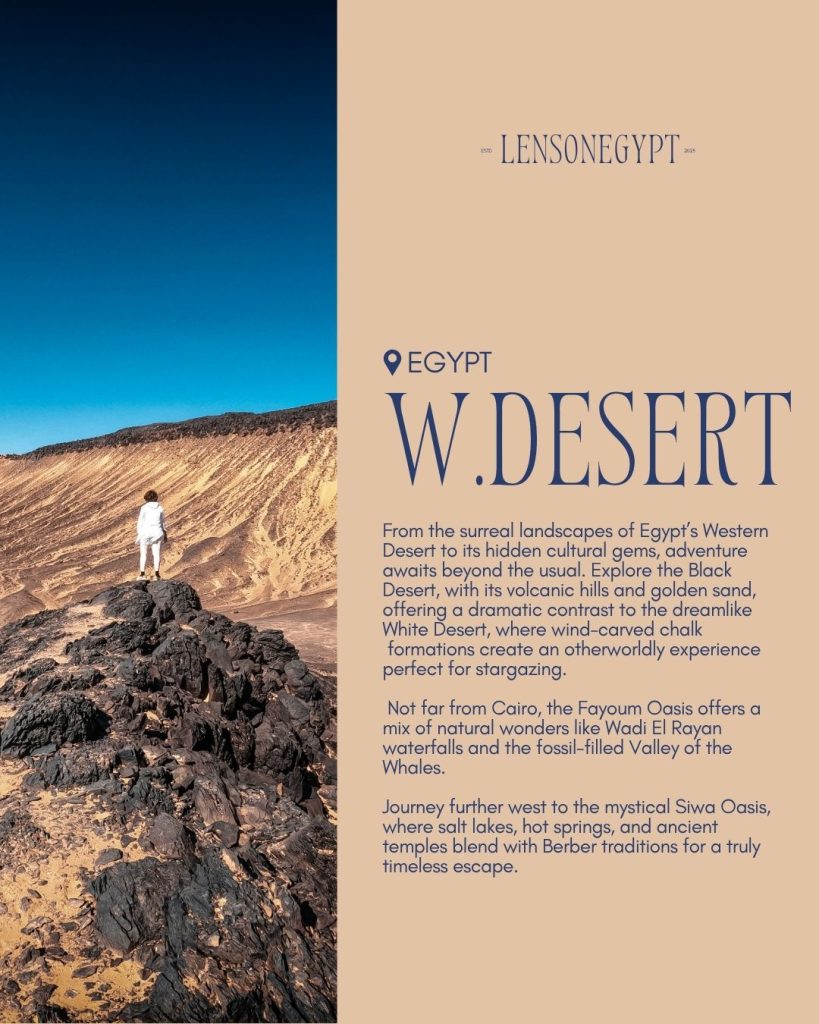
Discover Egypt's Wonders at Your Fingertips
Take an interactive trip through Egypt! Our map highlights essential spots, hidden treasures, and sacred places just waiting for you. Click on each site for detailed insights, beautiful images, and travel advice to enhance your journey. Uncover the history of a civilization that changed the world – it’s all just a click away!
Design Your Dream Adventure with LENS ON EGYPT
At Hestia, we believe every traveler deserves a unique journey. Whether you want peaceful moments by the Nile or the excitement of uncovering ancient secrets, our team will help create the perfect experience tailored just for you. From custom itineraries to exclusive access at Egypt’s key sites, your adventure begins with a single idea and unfolds into an unforgettable tale. We are here to help you realize your travel dreams with genuine hospitality and luxury.
